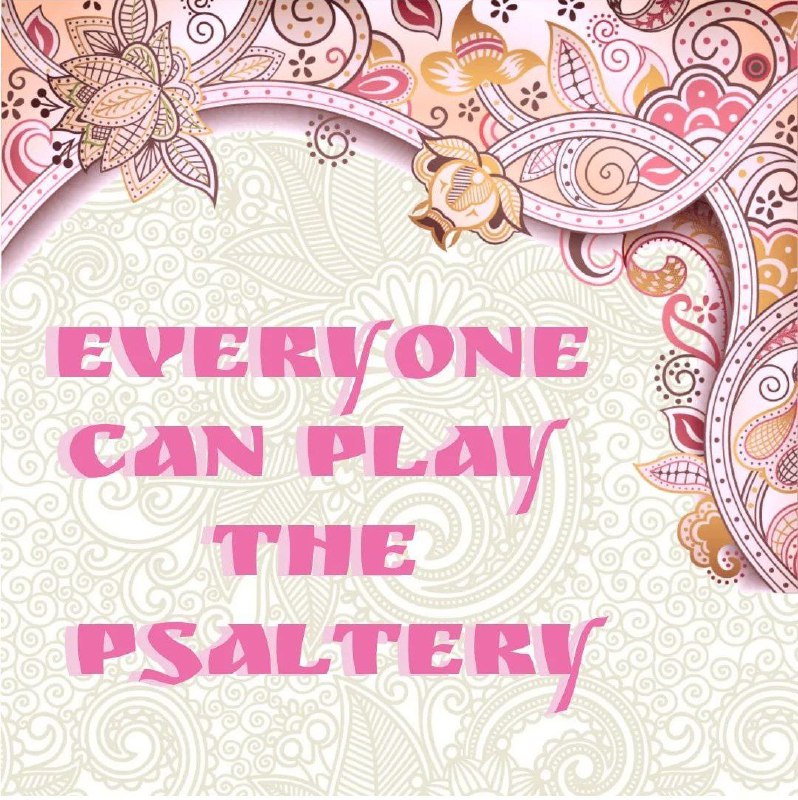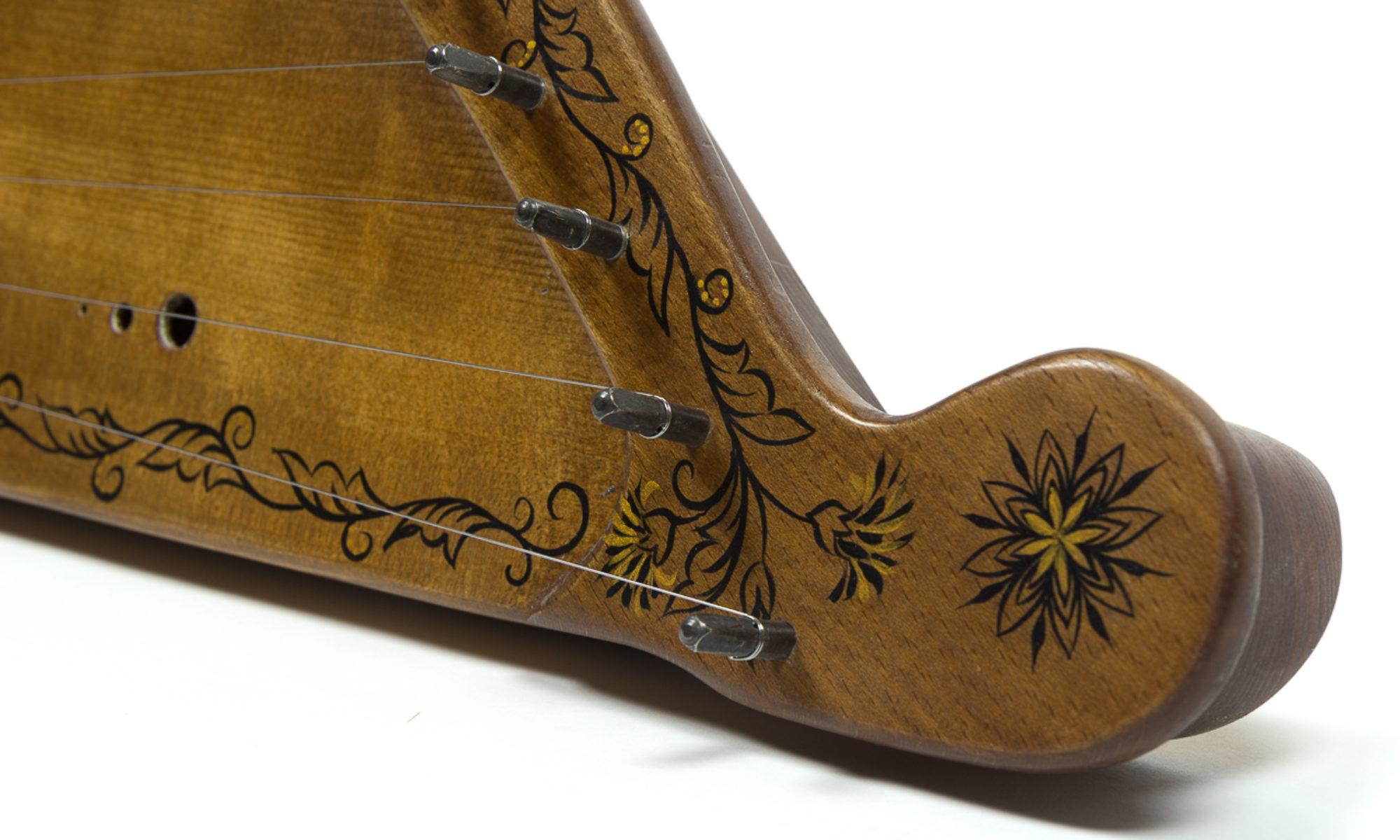Today we will prove that everyone can start playing the psaltery in six steps!
1. Start small
You don’t need to set yourself up for a virtuoso performance – just play a few clean notes so that the music fills the space. With the psaltery, it is enough to run your finger over the strings to start having fun and set your sights on mastering the instrument further.
2. Master the minimum set of knowledge
When you’re motivated enough, you can get down to theory, but for start it’s enough to remember what note each string sounds like, as well as its Latin designation (Do – C, Re – D, etc.). Learn and memorize which chords you can play on your psaltery (C, Am, Dm, G…) and how to place your fingers to play them.
3. Hone your playing
You can play with your fingers (fingernails) or with a plectrum. If you want to play with your fingernails, you need to connect the pads of your thumb and index finger as if you want to pick up something. Strike the strings down with the fingernail of your index finger and up with the fingernail of your thumb.
4. Don’t forget about rhythm
Learn a simple skill: tapping the rhythm of any song.
At first, you can also use accents in the game – the emphasized strikes. They add significant dynamics when playing.
5. Play your favorite songs
Once you’ve memorized the chord positions and can already change them quickly by adding accents to the beats, look up the chords for your favorite songs online, tap out their rhythm, and try to play in on your instrument.
6. Learn some tricks
Psalteries allow you to implement a number of interesting techniques, such as trills, natural flageolets, muting the strings when playing, and so on. When you confidently play whole songs, you will forget what boredom is 😉
Remember: when mastering any skill, regularity of practice is essential. Even five minutes of playing a day on a regular basis will guarantee you visible results.
Enjoy your instrument and remember: psaltery is for everyone 😉



